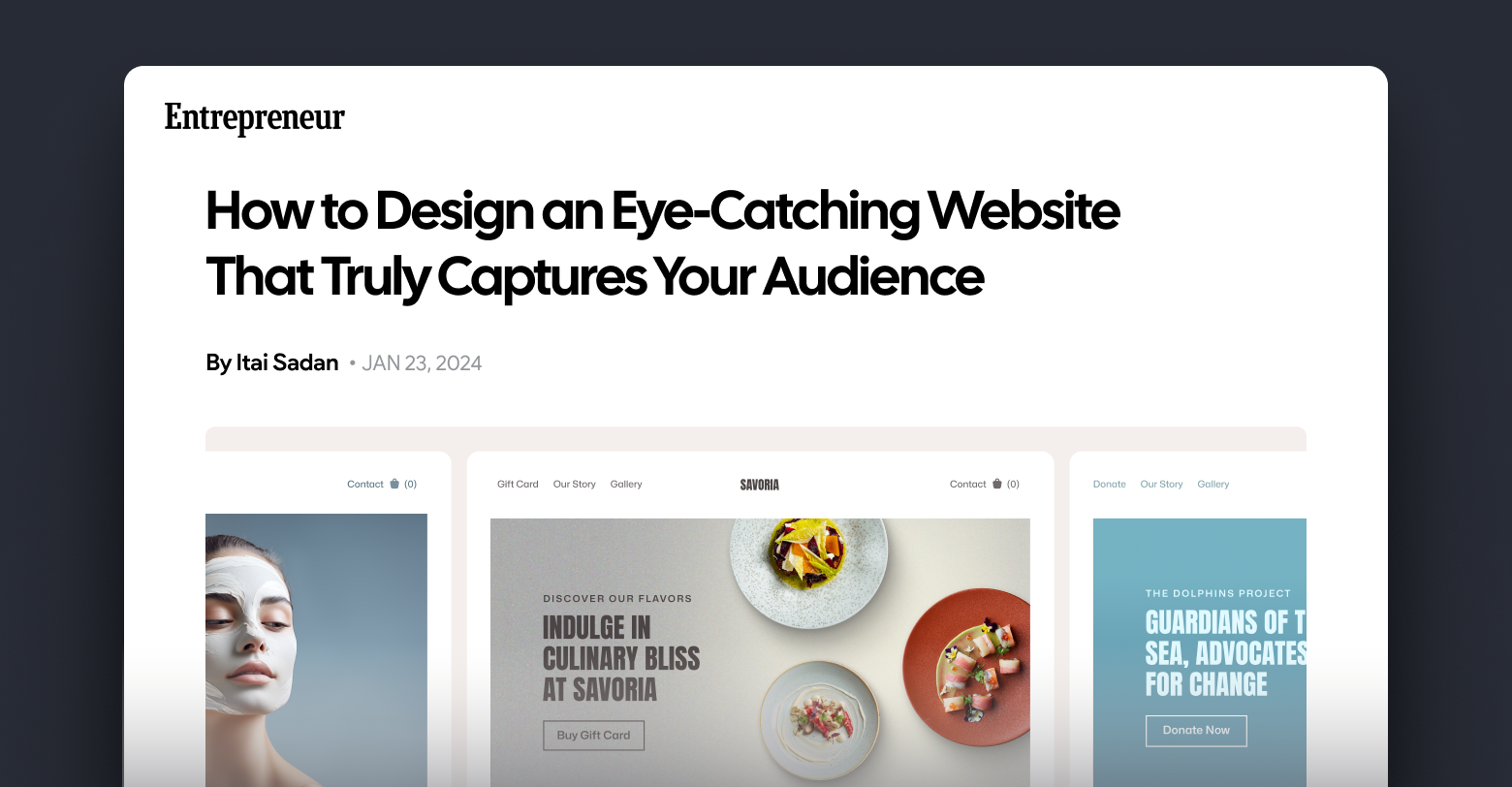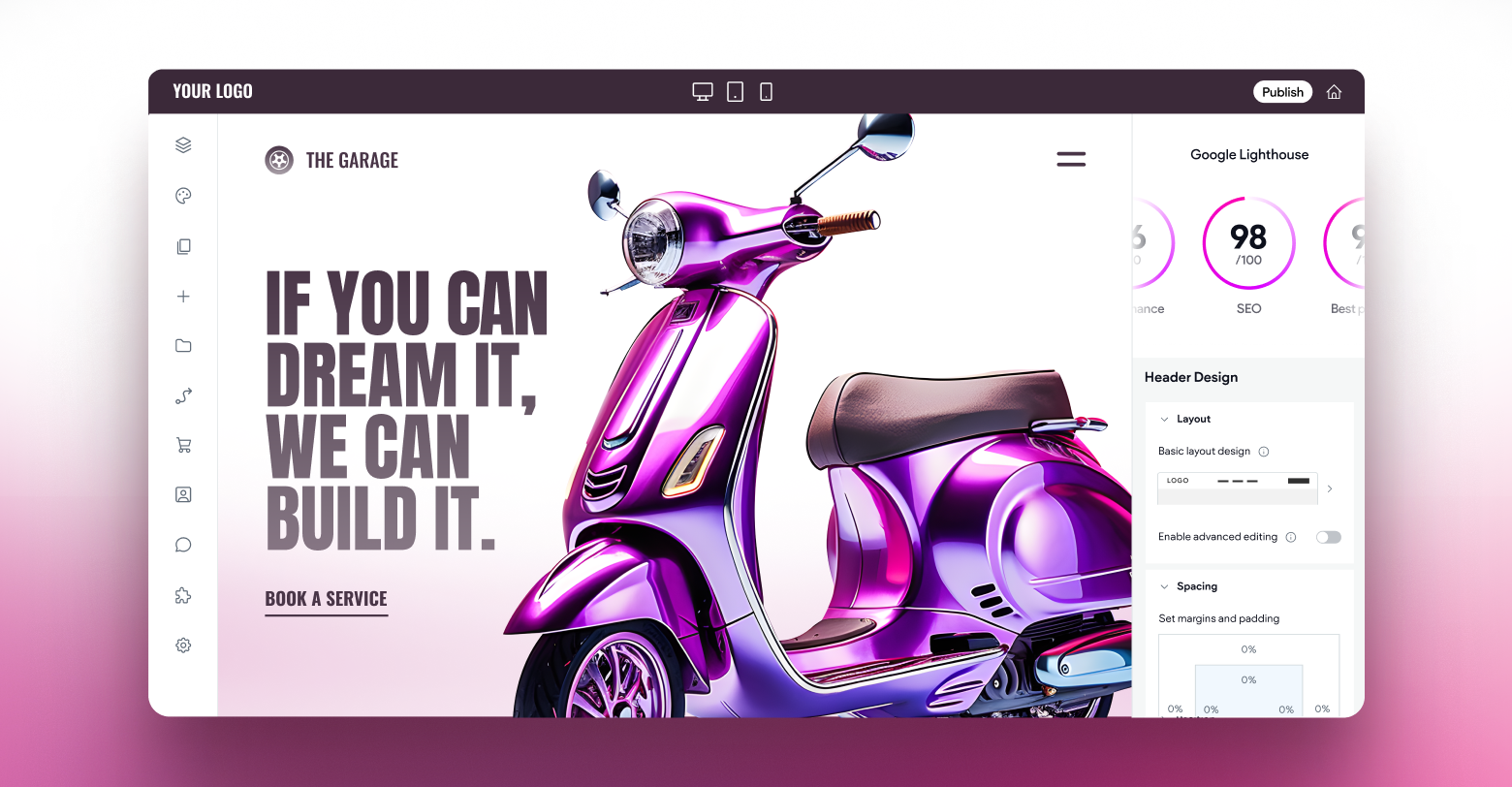A few blog posts back, we discussed what a content delivery network (CDN) is and why you would want to use one. At the end of that post, we also mentioned that there are different kinds of CDNs, and we’d be walking you through them soon. Well, it’s time to keep that promise. So to jump right into it, there are essentially basic setups for a CDN: a peer-to-peer (P2P) network and a peering/private model.
Let’s start with P2P. These types of CDNs are very decentralized and are made up, mostly, of the computers of individuals that have been opened up to allow anyone looking for certain files to pull from them through the use of a server (or sometimes small network of servers) called a tracker. Sound a little complicated? Let’s break this out using a real-world example, BitTorrent.
As you may know, BitTorrent is a service for people looking to download files from each other. Sharing videos files is pretty common, and for our purposes, works as a great example. These files can be really big, like 4 gigabytes or more. So when you use the BitTorrent service to download a (non-copyrighted, of course) video file, instead of pulling the entire thing from only one computer, the tracker will look for multiple computers with the same file and download different parts of it from each machine. This is easier on the bandwidth of each computer and speeds up download time.
Using the P2P model for a CDN, it is technically possible to host your own website and its files (images, .pdf, videos, etc.), but we don’t recommend it. Security is a giant problem and the whole process of putting this together is honestly more hassle than it’s worth.
The more traditional and preferred approach to using a CDN for your website is the peering/private kind. This consists of a fair amount of players, some of which are internationally known brands like Amazon. In fact, Duda uses Amazon CloudFront (part of the Amazon Web Service family), which is renowned for it’s reliability and stability. Another common name in the CDN game is Akamai. Apple used to use them, and if you have an iPhone and ever updated your version of iOS, it came through them. One more worth touching on is CloudFlare, noteworthy because, unlike the other two, they have a free option. Though these are all clearly different services, they work essentially the same way. Instead of relying on a decentralized collection of users to create the network, they actually own one that is directly under their control.
In the peering/private CDN model, a company like one of these will maintain a network of servers across a wide geographic area. Each server will have copies of your files saved, and when a visitor lands on your site, they will actually download the files from the server that is physically closest to them. Like we discussed in our last blog post about CDNs
, this speeds loading times and helps to keep the site from crashing.
So what is the advantage of using a paid over a free peering/private CDN? Simple. The free one probably has restriction on it. This will vary from provider to provider, but you can count on having limited bandwidth, which means limited page views (a finite amount of people can visit your site before it just won’t work anymore), or restrictions on the amount of data that’s available (you can only have so many files associated with your site).
And what does this all mean to you? Well once again, if you’re using Duda for your website needs, we have you covered and take care of all your hosting and CDN needs, at no charge and with no CDN limitations to you, via Amazon CloudFront. But now the next time you’re at a party and some says, “Hey, what’s the difference between a P2P and peering/private CDN?” you’ll be set.







